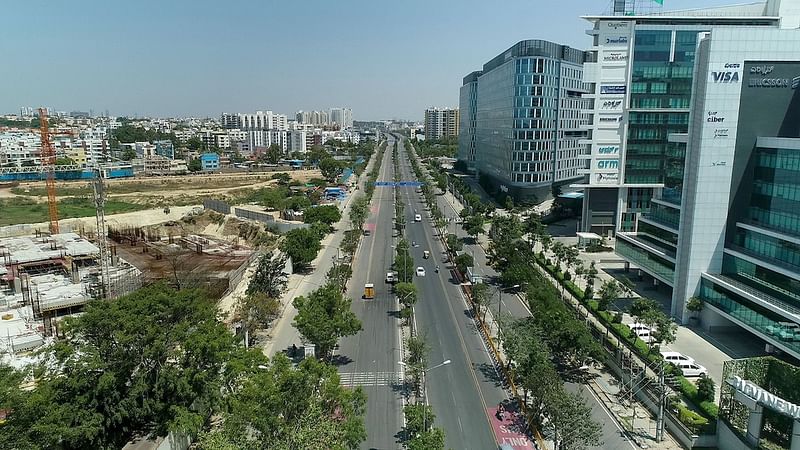FOX ‘Straight News’ Show Promotes Abolishing CDC

Fox’s Special Report roundtable got a right-wing threefer Wednesday when they promoted demolishing the Centers for Disease Control and Prevention, attacked pandemic safety measures and used it all to smear President Joe Biden.
The pretext was the CDC’s decision to cut quarantine time for the coronavirus from 10 to five days. Not one of the panelists has any apparent credentials in public health or medicine.
Washington Post columnist Marc Thiessen got the politicization going.
THIESSEN: [H]onestly, we would have been better off in this if the CDC didn't exist. It's been a disaster from the beginning. Just this week they revised downward the prevalence of the Omicron variant from 73.2 percent, which they reported great confidence last week, to they said, no, it actually was 22.5. That's not a minor revision. That's a 50.7 percentage points. How do you get that badly wrong?
And they did this now on the isolation? They also came up with the six feet distance rule out of whole cloth. There was no science behind it. That's what shut down all these schools. So, the CDC were wrong on masking, they screwed up the testing at the beginning of the pandemic, they wouldn't let private labs do testing. The CDC is an absolute disaster. I don't understand how people can trust our public health officials anymore.
Washington Post columnist Charles Lane helped validate the messaging:
LANE: [P]eople will tolerate a lot of things from government in a situation like this. But the one thing they won't tolerate is mixed messages and confusion. And, unfortunately, I think that's kind of what's been coming out of the authorities all over the country now.
Anchor Bret Baier prodded for more, this time asking his unqualified panel to play education/child psychology experts. He said to right-winger Mollie Hemingway, “It’s hard to imagine virtual learning coming back across the country, Mollie, after what we saw for 18 months and the detriment that a lot of people say it did to kids.”
Sure enough, Hemingway played her part.
HEMINGWAY: It is scandalous that it's even being proposed. There was never good scientific reason for locking children away from school and in-person learning. It really is true now that we know that it is not something that is good for children, that it has a scientific basis.
I was so struck by how Anthony Fauci talked today in terms of the costs and benefits associated with different policies. Cost benefit analysis is what all of our public health officials and the people who listen to them should have been thinking about during this entire pandemic, and it's something that you don't really hear them talk about at all. When you look at schools, the cost to our children of banning children from schools have been way too high. It has been so bad for the mental health of these children. It has been so bad for the educational development of these children. That you have union officials and other bureaucrats talking about doing it again is scandalous.
Thiessen also played child development expert.
THIESSEN: Germany just reported that in 15 months not one single healthy child has died of COVID in Germany. Rochelle Walensky, the head of the CDC, was asked what the number was here in the United States. She said we don't know. The U.S. government doesn't know whether any healthy children have died of COVID. Well, Germany, not one. There is no excuse for closing schools. There is no excuse for the damage that we are doing to these children that they'll never, especially poorer minority kids, that they'll never recover from.
Nobody mentioned that Germany has strict public safety measures against COVID.
Schools are closing in the U.S. because COVID cases are at an all-time high. It’s too bad these fake experts won’t use their platform to urge people to mask up, get vaccinated and stop the spread. Instead, they’re using it to stop the public safety measures we have.
:quality(70)/cloudfront-us-east-1.images.arcpublishing.com/mco/YA75BGQLUVCS5IE63STOAJC6CI.jpeg)
:quality(70)/cloudfront-us-east-1.images.arcpublishing.com/mco/G2CLUYLOGZHYBBFKQJMZ4XRUPY.jpg)








